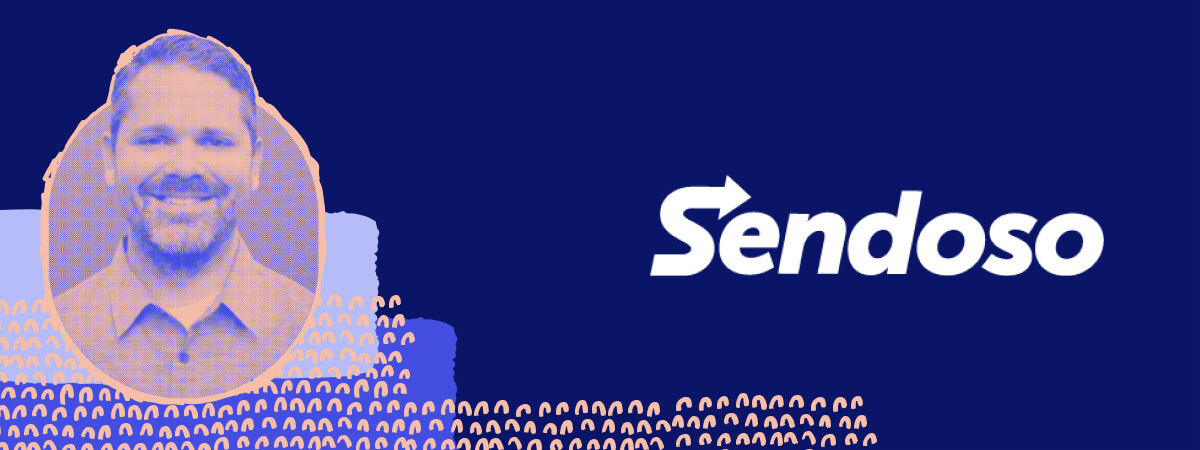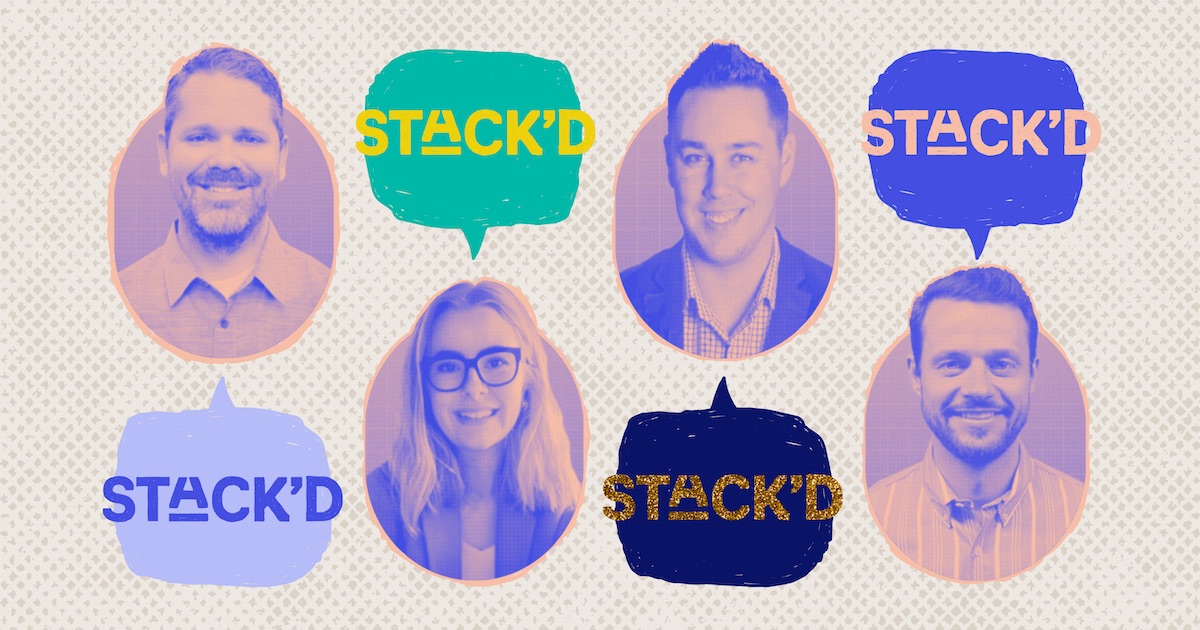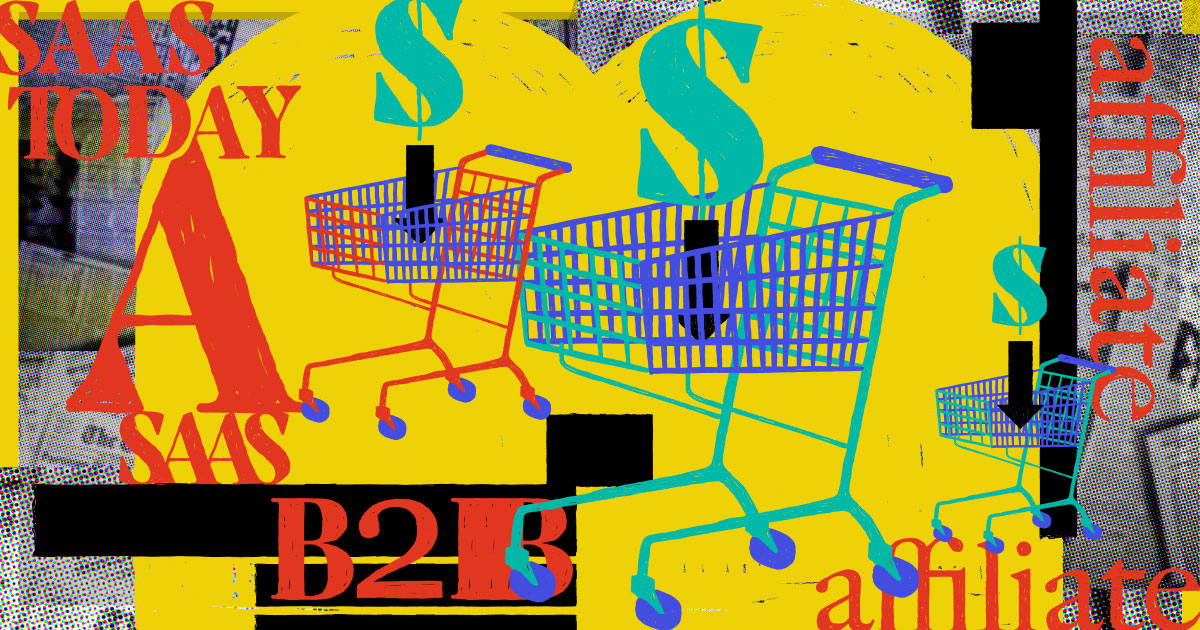So, you’ve successfully launched your first partnership program… Now what? From designing your program strategy to managing the partners in your program, there’s a lot to unpack when it comes to creating and scaling your first partner program. While the thought of everything needed for a program to really thrive might be a bit daunting at first, launching and running a successful partner program can be less complex than it seems with the right guidance. We’ve tapped into the minds of some of the industry experts gathering at STACK’D, PartnerStack’s customer summit, to gather their advice for your first partnership program. From partnerships pros Cory Snyder, Shawn Coultice, Kaitlyn Crocker, and Matt Kilmartin, here’s a roundup of advice to help you start, scale, and succeed with your first partnerships program.

Teamwork makes the dream work
It might be cheesy, but it’s true! Leaning on your colleagues, whether they’re in partnerships or not, can make all the difference to the success of your partner program. By conversing with different teams, you are better positioned to understand what your program should be composed of and the customers you ultimately want to attract through your partner program. Cory Snyder, VP of Partnerships at Sendoso, believes talking to every person in your company about what they know about partnerships can be a useful exercise — their knowledge becomes your power and their insights can really help with mapping out your partnership strategy. "Drive your program and partner profile off of the feedback from your sales, CSM, and onboarding teams," advises Snyder, who also encourages introducing partners to relevant people outside your partner team, "They know who is trying to sell to the customers you want, too."
When you do talk to other teams, you’ll want to make sure you’re gathering the right intel so you’re set up for success from the get-go. Shawn Coultice, Head of Channel Partnerships at Katana MRP, recommends talking to people within your business to really master what your offerings are and what your ideal customer profile looks like. “Get a good handle on your product and your service offering so you really understand your solution, and that will definitely help you go to market much more effectively,” Coultice says, noting that this will help find partners that align with your business who you can then enable to add value to their clients and customer base.
Read more: 5 inspiring leaders changing the partnership game.

Finding the right partners is critical
Alignment brings us to our next piece of advice — how to find the right partner for your program. Partner-program fit is one of the most important pieces to puzzle out when spearheading a partner program. At first, it may seem like getting any partner into your program is the right way to go, but you need the right-fit partner in your program to see it succeed. “Really nail down what your ideal customer profile looks like and ensure that you're speaking to partners that are working within an ecosystem that represents that ideal customer profile,” says Coultice, who also believes that targeting partners focused on complementary aspects of your business adds value. By finding the right partner, you’re finding the right customers, and that will contribute to the growth of your program.
A plus to seeing your program succeed with the right partner is seeing your company succeed. Kaitlyn Crocker, Growth Channel Manager at Riipen, shares that on top of seeing how easy it is to scale at such a low cost with partnerships, having a pool of partners who are able to bring on good-fit employers to her program is fulfilling. “It's really rewarding to see other people believing in our purpose and helping serve our mission of ending graduate unemployment,” she says, highlighting the difference the right kind of partner can make.

Communication with your partners is key
Once you’ve recruited the right partners into your program, it’s important to be in regular communication with them. Keep them informed on industry trends and product updates so they’re in the loop and up to date on your business. “Consistently over communicate,” says Matt Kilmartin, VP of Sales at CertifID. He reminds us that for many partners, your program will be one of several that they have at their disposal to introduce to clients, and if it feels at all difficult for your partners to be in your program, there will be a decline in your partner’s momentum. “They don't live in our business every day and will never know as much as we do about our product and value proposition,” he shares, while also advising that consistent, digestible communications versus a flood of resources upfront provides the right ammunition partners need to speak to your offering.
Another key form of communication is feedback. Crocker explains that she’s constantly reiterating her partner program as the market changes because of feedback from the affiliates in her program. “If we notice that we have slower months or maybe people aren't as invested, maybe we're asking too much of the affiliates,” says Crocker, who is now looking at revamping some of their affiliate groups. “Getting good feedback from the affiliates to see what’s working and not working so we can stay on top of things is super important,” she shares, so tap into your partners to identify what you’re doing well and what can be done better – they are your best asset in enhancing and strengthening your program.
See also: How partner networks accelerate your program's success.

Partnerships = relationships
With all that said, at the crux of it all, partnerships are relationships and your program should be powered by this mentality. A genuine partner program looks beyond the financial gain; it is a relationship built off of trust, commitment, and quality connections. “Partnerships aren't all about money,” believes Snyder, adding that when a program is run that way, you gain very little from it both professionally and personally. “When you build a program driven based on relationships, your program will skyrocket, your learning will skyrocket because partners will trust you and share their true thoughts and advice. It’s all about relationships!,” he emphasizes, while also sharing that many of the partners from his first program are still his friends to this day.
By understanding that a large aspect of partner program building is also relationship building, you open yourself up to the potential for significant growth. “Realize that success in partnerships requires a true value exchange,” Kilmartin says, explaining that there needs to be mutual commitment and accountability from both parties, “You can't just sit back and expect partners to start filling your calendar with demos. You need to be invested in helping unlock value for the partner as their success will lead to your success.” Like any other relationship, partnerships require give and take, and if you are committed to creating a meaningful relationship with your partners, you will be surprised at how much you can grow together.
And there you have it! Exclusive advice for your first partnership program from the experts at STACK’D. If you want to learn more about how to take your partner programs from ehh to epic, join us at STACK’D from November 2nd-4th, 2022. You’ll get the chance to connect with the best in the partnerships business, walking away with actionable insights you can take back to your program to level up your partnerships work.











